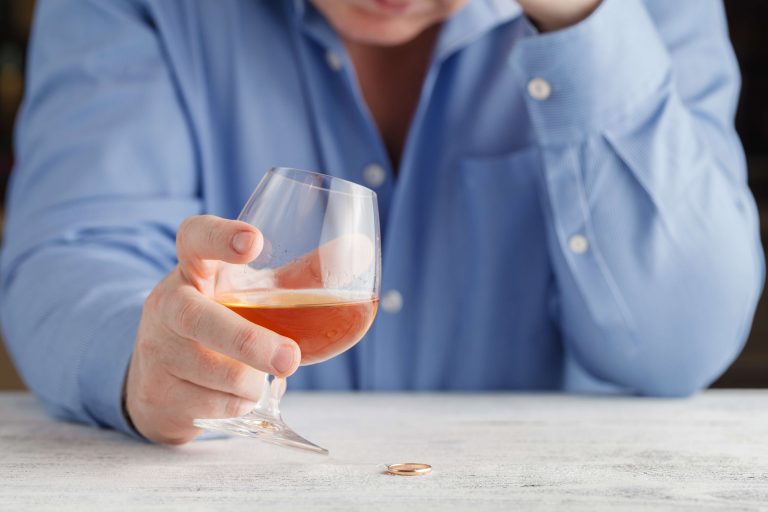One of the most common physical side effects of Peyote use is nausea, often accompanied by vomiting. This reaction is so typical that it’s considered part of the experience for many users. The body struggles to process the bitterness of the cactus, leading to digestive distress. While this is a temporary effect, it can be uncomfortable and unsettling for those expecting a smooth psychedelic experience. Today, more people Sober living house are experimenting with Peyote outside its traditional context, often without fully understanding the potential dangers.

Cities Deprioritize Arrests and Charges for Possession of Naturally Occurring Mescaline

These ceremonies involve using Peyote to connect with the divine, seek guidance, and heal both body and spirit. While Peyote doesn’t create physical dependence, frequent use can lead to tolerance. Tolerance occurs when the body becomes accustomed to the drug’s effects, requiring higher doses to achieve the same hallucinogenic experience.
What are the effects of peyote?
- This is also recognised in other medical systems such as traditional Chinese medicine (TCM), Ayurveda and integrative medicine.
- Typically, users notice the peyote’s effects within 30 to 60 minutes, with the peak often lasting three to five hours.
- On top of any legal ramifications, the hallucinogenic effects of mescaline can be intense and unpredictable, leading to a range of experiences, from euphoria to anxiety and confusion.
- Though usually viewed as a natural, spiritual tool, misuse of Peyote can have harmful effects on the brain, body, and overall well-being.
- Researchers have disagreed as to whether hallucinogenic drugs are an appropriate tool for studying schizophrenia 24, 25.
Physical effects such as increased heart rate and blood pressure, numbness, and weakness can appear during this time. The person is then taken to an alternative reality which can be pleasant or terrifying depending on the person’s personality. For religious rituals involving peyote, the dried tops of the cactus—the buttons—are chewed or made into a tea. Since peyote may cause some initial nausea and vomiting, the participant may prepare for the ceremony by fasting prior to eating the buttons.
History
- Yes, cultural and spiritual factors play a significant role in peyote addiction.
- Mescaline has hallucinogenic properties, which can include illusions, visions, euphoria, and altered perceptions of space and time.
- Yes, insurance may cover treatment for peyote use, especially if it is part of a recognized mental health disorder or substance use issue.
- However, these effects are unpredictable and may not be safe or helpful for everyone, especially those with a history of mental illness.
- This evokes a strong desire to escape suffering—even if only for a moment.
As Peyote use becomes more frequent, users may neglect their everyday responsibilities. This can include skipping work, avoiding social engagements, or ignoring personal relationships to focus on their next Peyote experience. When Peyote takes priority over real-life responsibilities and relationships, it’s a strong indication that abuse is present.
As the interest in psychedelics continues to rise, it is essential to respect the cultural and spiritual significance of Peyote while addressing the genuine risks of its abuse and overuse in modern society. Regular use of the drug can intensify http://mummumcards.alliancetek.org/the-link-between-alcohol-and-mental-health-you/ feelings of anxiety or depression, and for some users, it may exacerbate pre-existing mental health conditions. Over time, individuals who abuse Peyote may find it more challenging to regulate their emotions, leading to mood swings, irritability, and even bouts of paranoia or aggression. Peyote can be abused when people regularly seek out the euphoria and altered perception it provides.

Worldwide, three million deaths every year result from the harmful and addictive use of alcohol. Not to mention the opioid epidemic which plagues the United States as a serious public health concern 115. Peyote grows very slowly and only in a limited number of places in southwest Texas and Mexico (Figure 3), where it grows in the desert and prefers limestone soil. When barley grains are malting, hordenine is produced, which is peyote drug subsequently also present in beer 81. After beer consumption, hordenine can be detected in blood and urine and can therefore be used as a qualitative and quantitative marker for beer consumption 42,81.